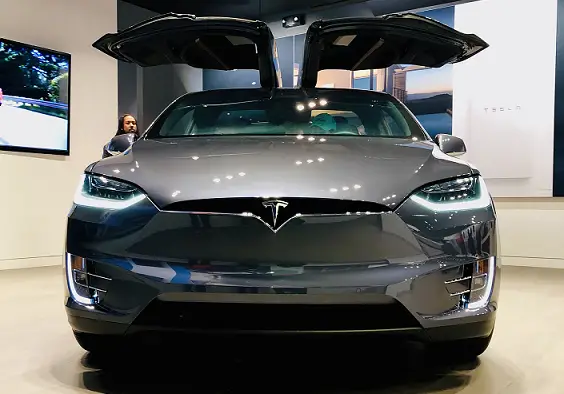On Friday, the US Treasury announced it would change its definition of an SUV so as to allow more electric vehicles from automakers such as Tesla, General Motors, and other EV makers to qualify for as much as $7,500 in federal tax credits, despite their higher sticker prices.
The change in the agency’s definition would raise the retail price cap for affected vehicles from $55,000 to $80,000. Among the affected vehicles are the Tesla Model Y, the Cadillac Lyriq, Ford’s Mustang Mach-E, and Volkswagen’s ID.4. Previously some or all of the listed vehicles did not qualify according Treasury’s rules because they did not weigh enough.
The credits are a part of the $437 billion Inflation Reduction Act, which was approved in August. The bill established tax credits for EV purchases, with SUVs being allowed to qualify for tax credits if they were priced below $80,000, and passenger cars, sedans, and wagons qualifying if they cost below $55,000.
It is unclear if Tesla will continue to offer the price cuts of up to 20% which the automaker offered last month to make its Model Y eligible for the tax credits.
Wall Street was pleased with Tesla’s price reductions, but was also worried they were the opening salvo in what would turn into a pricing war among EVs that would pressure margins among other automakers. Due to its market dominance, a well developed manufacturing infrastructure, and economies of scale, Tesla enjoys a much larger profit margin on its vehicles, compared to its competitors.
On Monday, Ford announced it would be cutting the price of its Mustang Mach-E SUV by as much as $5,900, to allow it to better compete with the Tesla Model Y. Analysts noted that even prior to the price cut, Ford’s EV division was not profitable for the company, with some Mach-E models selling at a loss for the company.
In an emailed statement, Ford expressed their appreciation to Treasury, noting they, “sincerely appreciate their consideration and hard work” by the Treasury.
GM also expressed its appreciation, saying, “The alignment on classification will provide the needed clarity to consumers and dealers, as well as regulators and manufacturers.”

